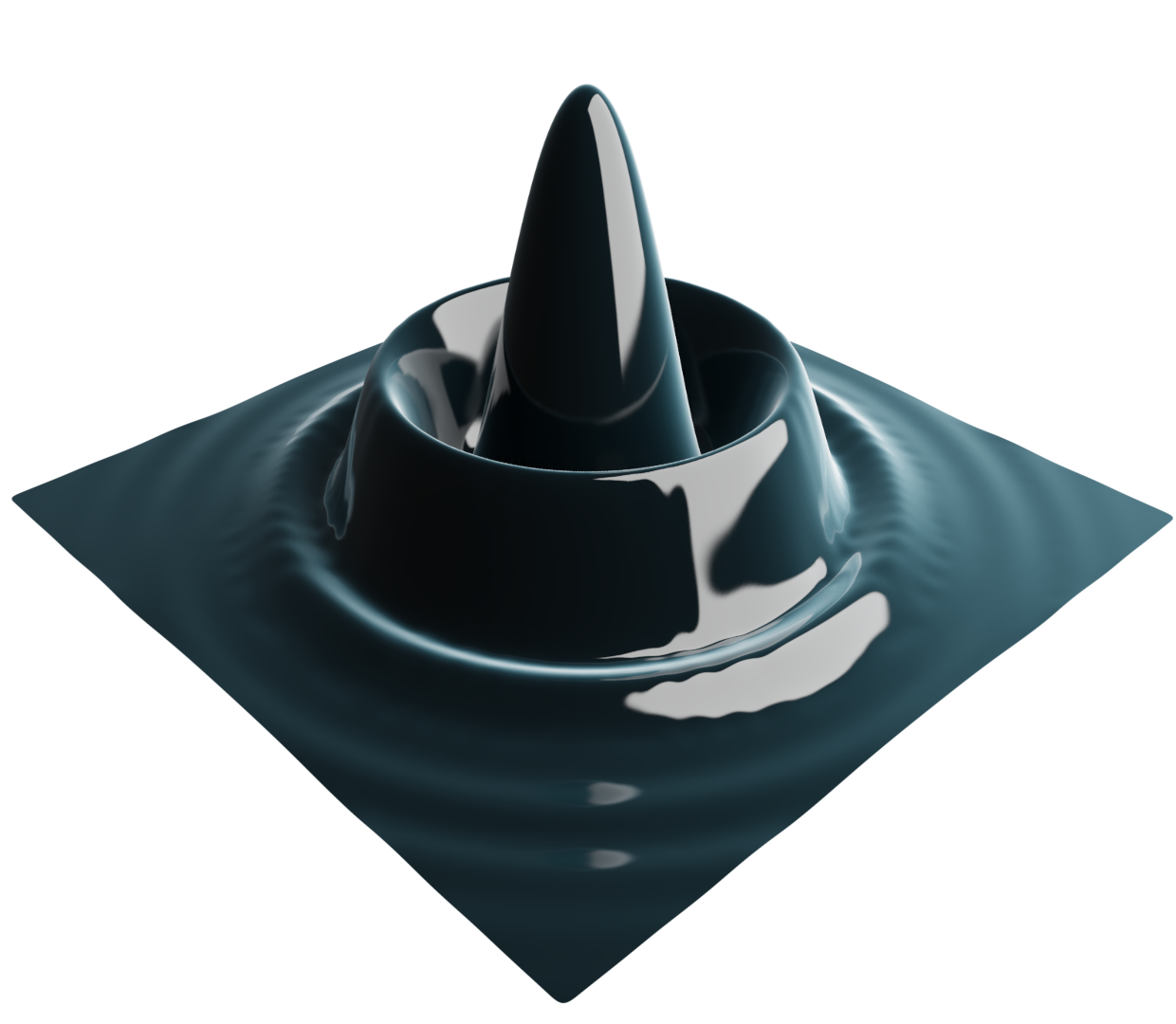Chemical Molar and Mass Fractions
Published:
It is common when growing single crystals to use compounds which contain an element of interest, rather than using the pure element on its own. For example, copper in the form of CuO is often used instead of pure elemental copper, and fluorine is often used in the form of FeF2 rather than dangerous fluorine gas. When using compounds rather than elements, it is useful to know the relative mass fraction of each element to calculate the mixing ratios needed to grow a particular crystal.
